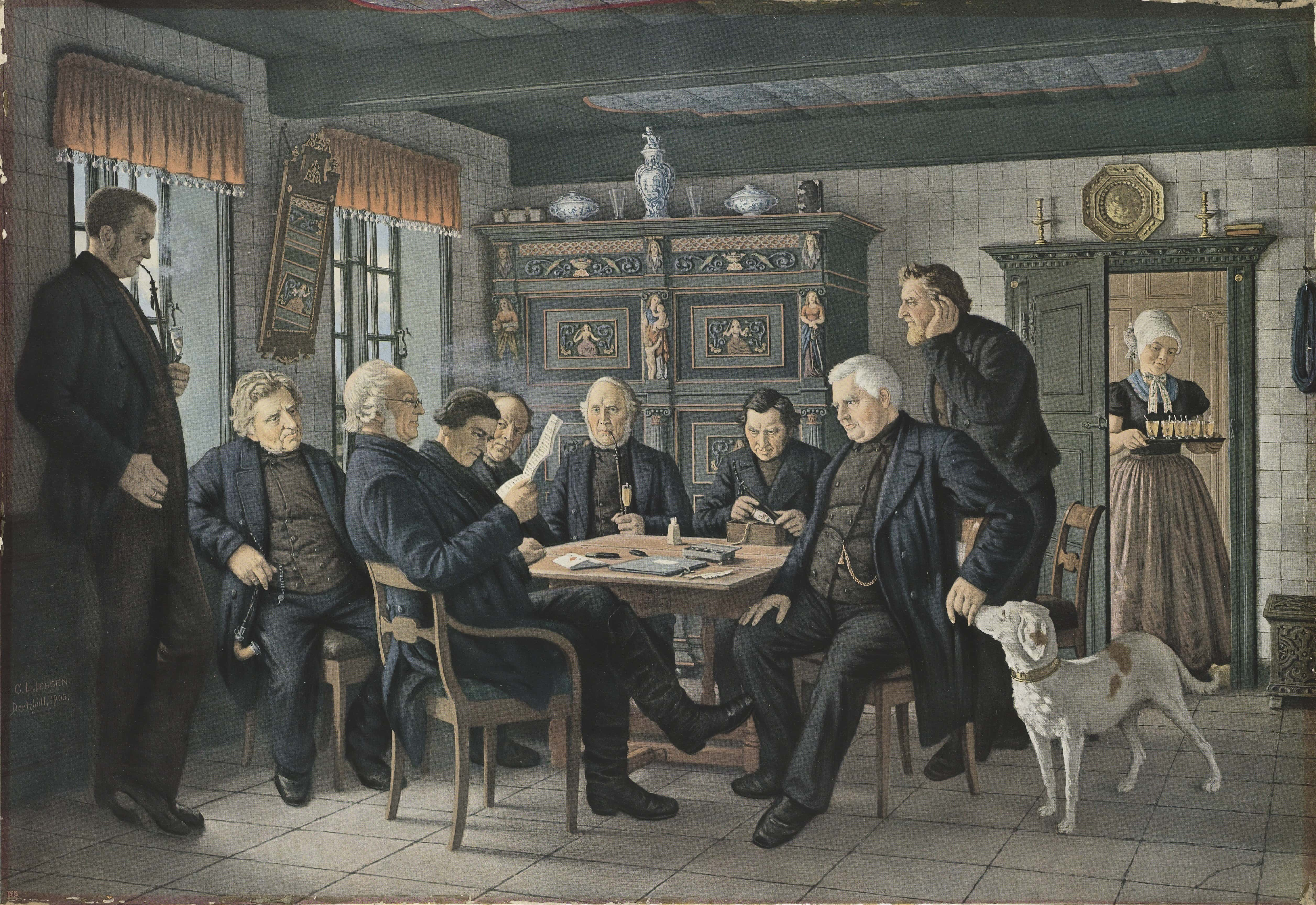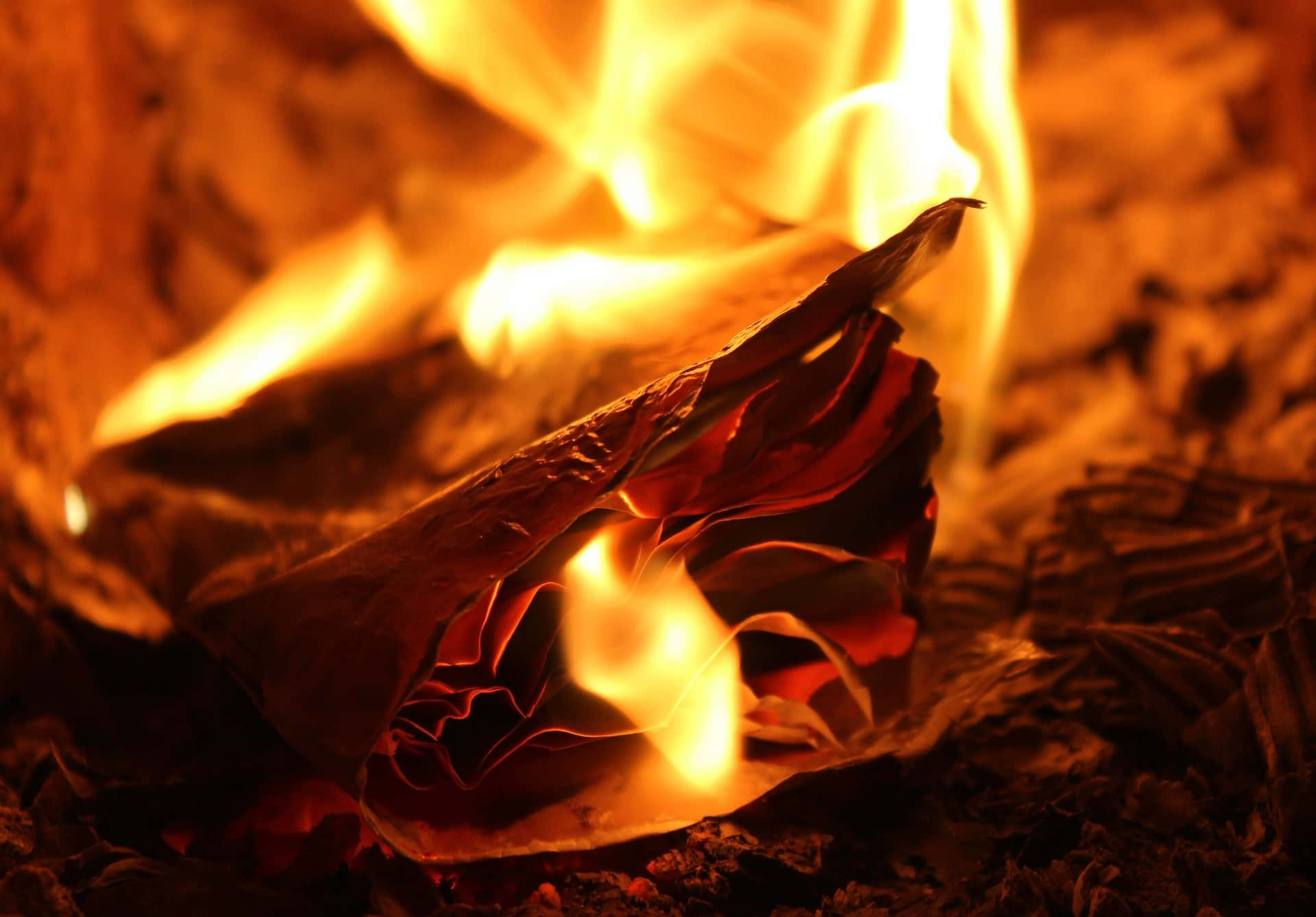There’s a secret hiding underneath Seattle’s Pioneer Square. A remnant of another time, left to crumble to dust. A city beneath the city. Today, it’s called the Seattle Underground. Before 1889, it would have been just “Seattle.” But that version of Seattle, the original Seattle, was extremely dangerous, subject to rampant floods and treacherously vulnerable to fire.
It was only a matter of time before 19th-century Seattle faced disaster, and it came in 1899 with the Great Seattle Fire—but from the ashes, city planners decided to fix the glaring problems with the Emerald City’s layout. They came up with an extremely ambitious plan, and in doing so, they created the Underground, an eerie remnant of the city as it once was.
Pioneer Seattle
Seattle was founded as a hub to ship the abundant lumber of the Pacific Northwest down south to California. The area had vast, coniferous forests and a natural harbor. It was the perfect place to set up a port—but it wasn’t exactly the perfect place for a city.
The land surrounding the lumber mill that Henry Yesler founded in 1852, effectively putting Seattle on the map, was barely above sea-level. That's not necessarily a bad thing for shipping lumber, but it came with some problems: most notably, the floods that frequently swept through the fledgling city. Many buildings stood on wooden stilts that protected them from the waters that frequently washed through downtown.
Like the lofty stilts, almost everything in pioneer Seattle was made of wood. When life gives you lemons, and all that… Wooden buildings, wooden walkways, wooden bridges—they even hollowed out scrap logs and used them for sewage and water pipes.
 Wikimedia
Wikimedia
A City of Firewood
Seattle was essentially built out of kindling. It was only a matter of time before it went up in flames—and that day came on June 6, 1889. An apprentice carpenter put a pot of glue on the stove and promptly forgot about it. The glue eventually boiled over and caught fire…in a room full of sawdust, woodchips, and turpentine. The building went up in flames in minutes.
When the apprentice noticed the blaze he’d started, he panicked and threw a bucket of water on the flames—the worst thing he could have done. It may have seemed like a good idea at the time, but all the water did was thin out the turpentine. As the turpentine spilled into underground Seattle's nooks and crannies, the fire spread alongside it.
A Supersonic Blaze
On that day, pioneer Seattle's flammability became dangerously clear. The wooden boardwalks—built so that pedestrians could avoid mud from the constant floods—provided the perfect avenue for the fire to spread from building to building. When the blaze reached a liquor store and two saloons nearby, they literally exploded. It turns out, fires like wooden buildings filled with alcohol.
It seemed like everything that could go wrong, did go wrong. The city’s fire chief happened to be out of town that night, so he wasn’t on hand to direct firefighting efforts. As such, inexperienced volunteers attempted to use too many hoses at once, draining all of the water pressure. They might as well have been squirting the flames with a water pistol.
 Wikimedia
Wikimedia
The Ashes
The Great Seattle Fire raged all night, finally coming under control on the morning of June 7. By that time, 25 city blocks were in ashes. The business district, four wharves, and all of the city's railroad terminals were destroyed. The damage was estimated to be around $20 million (around $560 million today).
On the bright side, the loss of life was nowhere near the loss of property. Only one person was actually killed in the fire, a young boy named James. What’s more, the fire is estimated to have killed more than a million rodents, effectively solving Seattle’s pest problem. Small victories, I guess.
 Wikimedia
Wikimedia
The Phoenix
Once the fire was finally out and the damage was assessed, it was time to rebuild. When leaders planned the city's new infrastructure, they kept their past mistakes in mind. This time, they weren’t going to make their city a tinderbox. But why stop at fireproofing? The destruction of Seattle also gave them room to fix the city’s serious flooding problem. Two birds with one stone.
First, city planners mandated that all new buildings be built out of brick and stone—that one seems like a bit of a no brainer. But they also had another, more ambitious plan. They were going to regrade the area destroyed by the fire to be above sea-level. This was no small change. All of the streets were to be raised about 12 feet, up to 30 feet in some particularly low-lying spots.
 Wikimedia
Wikimedia
A City on a City
This massive regrade was going to take time, which meant that Seattle was a pretty bizarre place to live for a few years. For a while, streets and walkways were at the “new” ground level, but shop entrances were 12 feet down, meaning you’d have to climb down a ladder off the sidewalk to enter a building.
Shop owners and landlords also knew that the second floors of their new buildings would eventually be the ground floor. They mostly left the first-floors completely unadorned, while thoroughly decorating the second-floors. For a while, you’d approach a building and it would seem that its storefront hung 12 feet up in the air.
Once the regrade was complete, owners abandoned the first floors of their buildings and the city paved over the walkways in front of them, officially creating the Seattle Underground. This remnant of the previous ground-level still saw some use for a couple decades but in 1907, it was finally condemned out of fear that it was helping to spread the bubonic plague. The Underground was left to rot.
 Flickr
Flickr
Seattle's Seedy Underbelly
As with many abandoned spaces in cities, the Underground morphed into the haunt of people outside of Seattle’s polite society. It quite literally became the city’s seedy underbelly. It was home to many flophouses, opium dens, gambling halls, and speakeasies, though eventually, even these faded into memory.
As the years passed, the Seattle Underground saw less and less use, until it was almost completely forgotten. But in the 1960s, a local eccentric named Bill Speidel saw untapped potential in the strange spectacle of the Underground's buried streets and buildings. In 1965, he created “Bill Speidel’s Underground Tour,” reigniting interest in this bizarre piece of Seattle’s history.
Tourist Trap
Around this time, much of Pioneer Square (the neighborhood that houses the underground), was under threat of development, and Speidel saw the Underground as an opportunity to preserve the beloved streets and buildings. Eventually, he helped get half a million signatures to save Pioneer Square.
Speidel was successful in his preservation efforts. Pioneer Square and the Seattle Underground are still there today, serving as a major draw for tourists. Speidel’s tours are still going, giving tourists a glimpse into this particular quirk of Seattle's history. On Speidel's tour (or one of its competitors; several imitators have popped up over the years), you’ll find a rather dank and decrepit world. The various tours will give you plenty of sordid stories from the Underground’s seedy history, about gangsters, drug addicts, and sex workers.
Now, if you ask me, these stories are all well and good, but the story of the flammable pioneer Seattle, the flooding, the fire, and the ingenious solution to these problems, is the most remarkable thing about the Seattle Underground. However, I have to admit that historical city planning probably doesn’t pull in the tourists like sex, crime, and violence.











